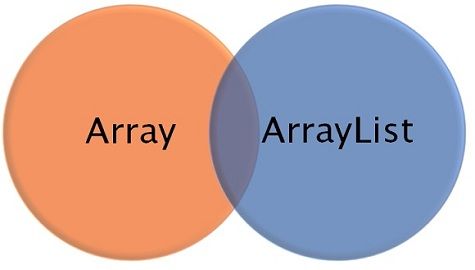

They usually have only a small fixed additional overhead for storing information about the size and capacity.

The growth factor for the dynamic array depends on several factors including a space-time trade-off and algorithms used in the memory allocator itself. This threshold must be strictly smaller than 1/ a in order to provide hysteresis (provide a stable band to avoid repeatedly growing and shrinking) and support mixed sequences of insertions and removals with amortized constant cost.ĭynamic arrays are a common example when teaching amortized analysis. Many dynamic arrays also deallocate some of the underlying storage if its size drops below a certain threshold, such as 30% of the capacity. Expanding the array by any constant proportion a ensures that inserting n elements takes O( n) time overall, meaning that each insertion takes amortized constant time. size + 1Īs n elements are inserted, the capacities form a geometric progression. capacity * 2 // (copy the contents to the new memory location here) a ← e a. capacity ) // resize a to twice its current capacity: a. The operation of adding an element to the end might work as follows:įunction insertEnd ( dynarray a, element e ) if ( a. To avoid incurring the cost of resizing many times, dynamic arrays resize by a large amount, such as doubling in size, and use the reserved space for future expansion.

by specification), or can be calculated before the array is allocated. Ī fixed-size array will suffice in applications where the maximum logical size is fixed (e.g. The number of elements used by the dynamic array contents is its logical size or size, while the size of the underlying array is called the dynamic array's capacity or physical size, which is the maximum possible size without relocating data.

Elements can be removed from the end of a dynamic array in constant time, as no resizing is required. Typically resizing is expensive because it involves allocating a new underlying array and copying each element from the original array. When all space is consumed, and an additional element is to be added, then the underlying fixed-size array needs to be increased in size. Elements can be added at the end of a dynamic array in constant time by using the reserved space, until this space is completely consumed. The elements of the dynamic array are stored contiguously at the start of the underlying array, and the remaining positions towards the end of the underlying array are reserved, or unused.
#ARRAY VS ARRAYLIST PICTURE DOWNLOAD#
The most basic approach of the image download is to directly work against a response object and mimic a pure Servlet implementation, and its demonstrated using the following snippet: = "/image-manual-response", method = RequestMethod.


 0 kommentar(er)
0 kommentar(er)
